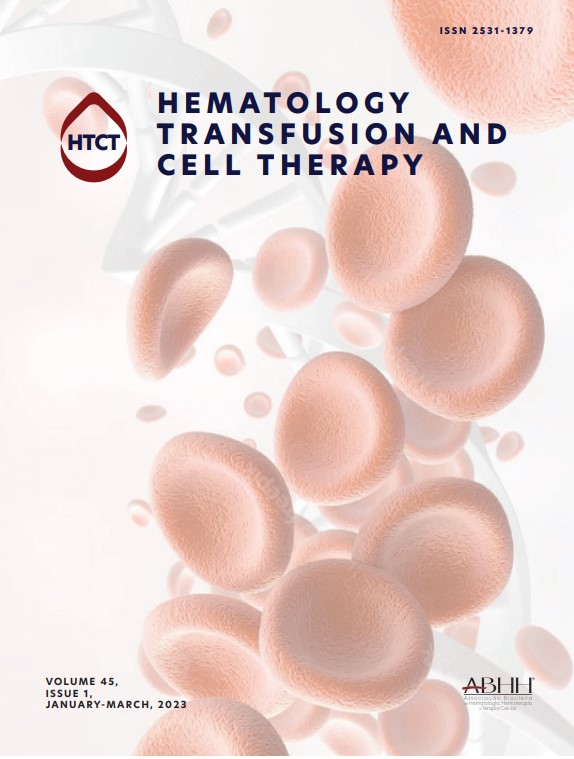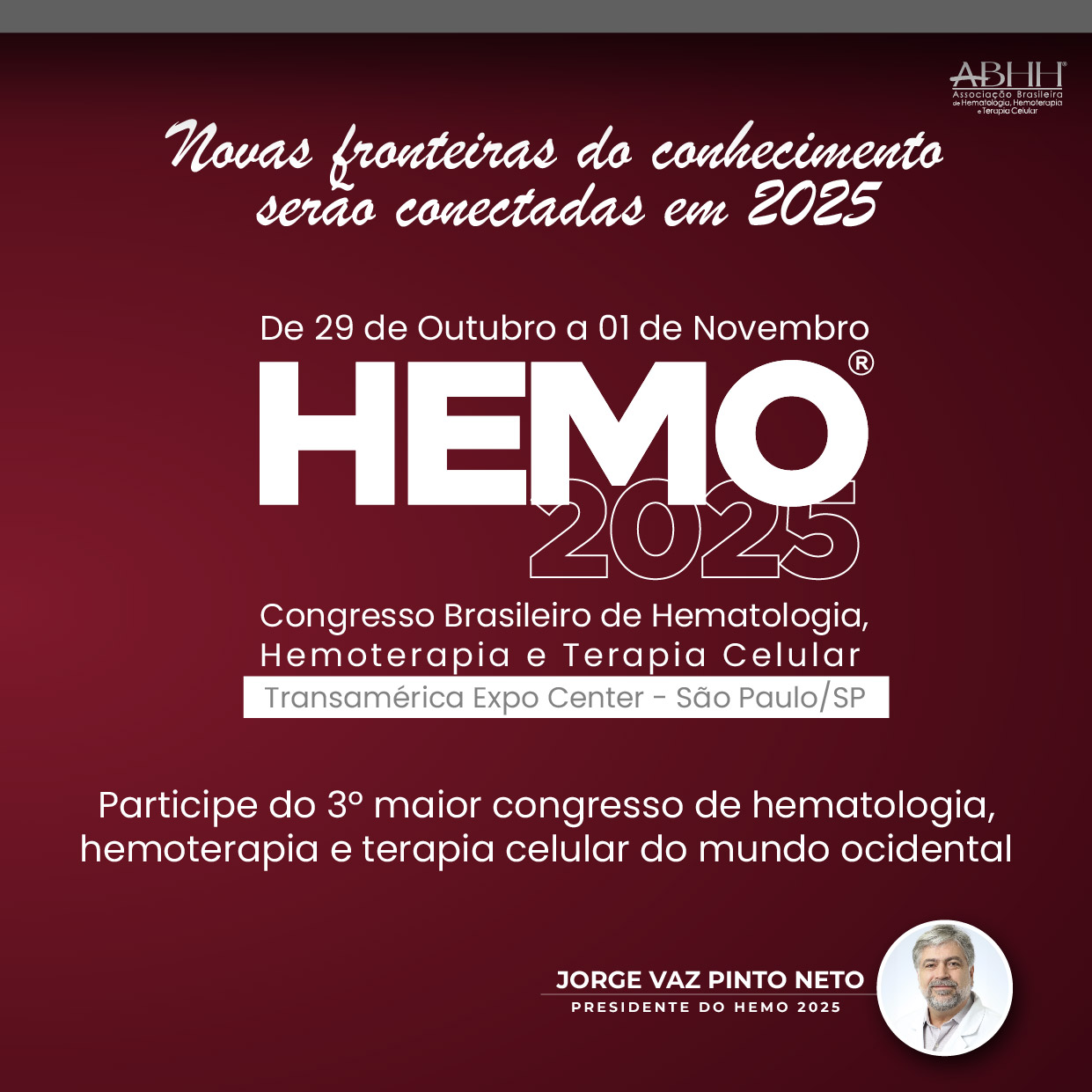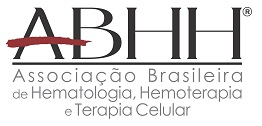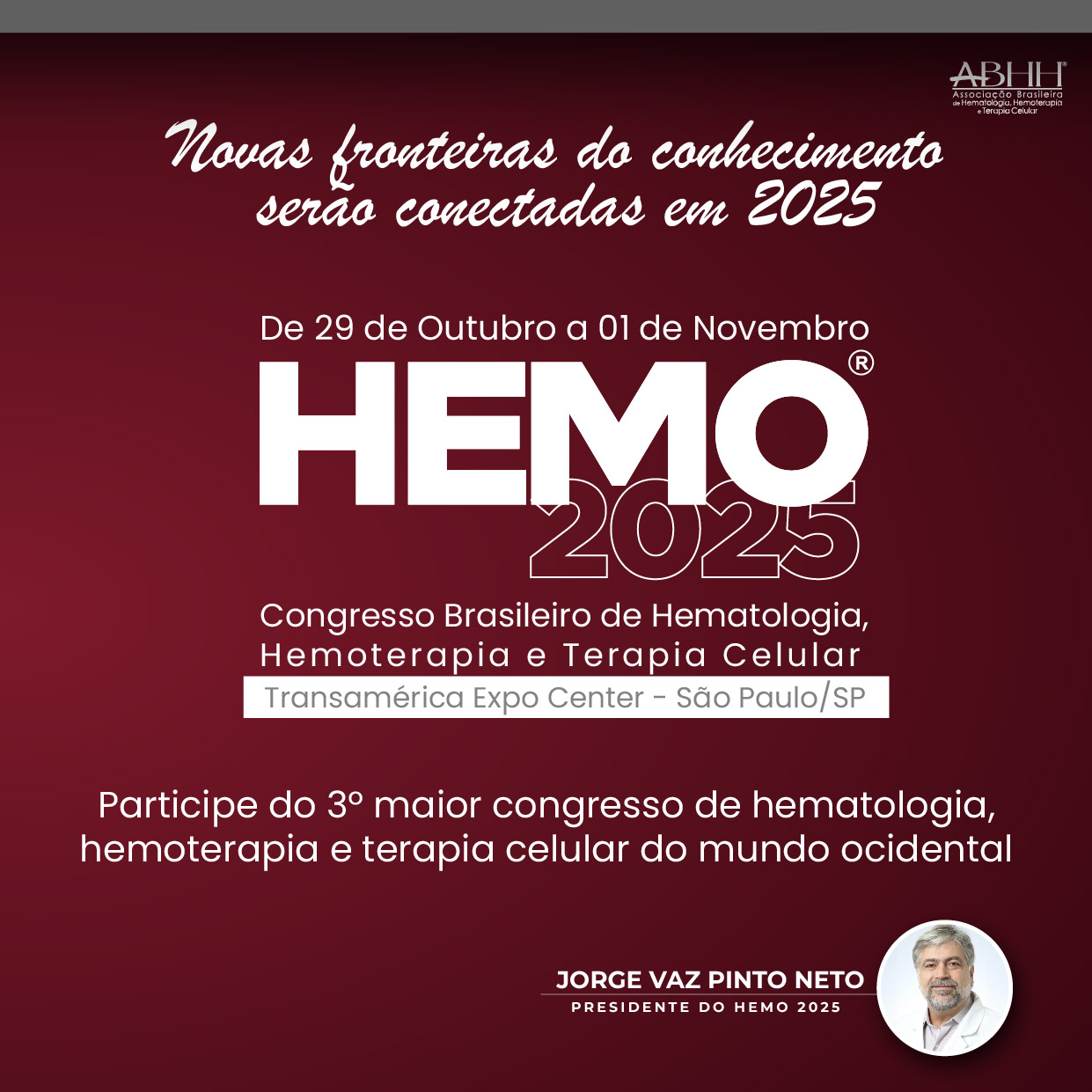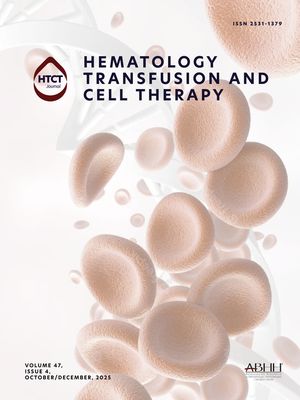
Veno-occlusive disease/sinusoidal obstruction syndrome (VOD/SOS) is a potentially life-threatening complication of haematopoietic cell transplantation (HCT) that can also occur after high-dose chemotherapy. Defibrotide is approved in Brazil and the US for treatment of VOD/SOS with renal or pulmonary dysfunction post-HCT in adult and paediatric patients (pts), and in the EU for treatment of severe hepatic VOD/SOS post-HCT in pts aged >1 month. This analysis presents outcomes in pts who received defibrotide treatment for VOD/SOS post-chemotherapy from the DEFIFrance registry study.
Material and methodsThis post-marketing registry study collected retrospective and prospective real-world data on pts receiving defibrotide at 53 HCT centres in France. VOD/SOS diagnosis was per the investigator's typical clinical practice. Disease severity was categorised using adult EBMT severity criteria in adults; paediatric pts (<18 years) were retrospectively/prospectively categorised using paediatric EBMT severity criteria. Survival and complete response (CR; total serum bilirubin < 2 mg/dL and multiorgan failure [MOF] resolution per investigator's assessment) rates by Day 100 post-VOD/SOS diagnosis were calculated. Treatment-emergent serious adverse events (TESAEs) of interest were haemorrhage, coagulopathy, injection-site reactions, infections, and thromboembolic events, irrespective of relationship to treatment.
ResultsOverall, 46 pts (19 [41%] paediatric and 27 [59%] adults) received defibrotide for VOD/SOS post-chemotherapy. Median age was 5.8 years (range: 2, 17) in paediatric pts and 56.6 years (range: 18, 72) in adults. Paediatric pts were more likely than adults to have a primary diagnosis of ALL (paediatric: 53%; adult: 22%) or neuroblastoma/solid tumour (32%; 0%), while AML (11%; 63%) was more common in adults. Paediatric pts were less likely to have prior exposure to gemtuzumab ozogamicin and inotuzumab ozogamicin (11% and 0%, respectively) than adults (41% and 15%). VOD/SOS was severe/very severe in all paediatric pts and 22 (81%) adults. MOF was present in 5 (26%) paediatric pts and 10 (37%) adults, including renal failure (paediatric: 60%; adult: 70%), respiratory failure (100%; 80%), and cerebral failure (20%; 70%). By Day 100 post-VOD/SOS diagnosis, the Kaplan-Meier (KM)–estimated survival rate was 74% in paediatric pts and 37% in adults, and the CR rate was 68% in paediatric pts and 37% in adults. Of 5 paediatric pts who died within 100 days of VOD/SOS diagnosis, all 5 had very severe VOD/SOS (4 with MOF). Of 17 adults who had died by Day 100, 10 had very severe VOD/SOS (9 with MOF). By Day 100, 2 paediatric pts and 6 adults had died due to relapse/progressive disease and there were no VOD/SOS-related deaths. TESAEs of interest occurred in 15% of pts with VOD/SOS post-chemotherapy (paediatric: 11%; adult: 19%), including infection and haemorrhage (each 9% in the overall group).
DiscussionIn this real-world DEFIFrance study, the majority of pts who received defibrotide for VOD/SOS post-chemotherapy had severe/very severe VOD/SOS and a notable proportion had MOF, indicating advanced disease in this pt population.
ConclusionThese data indicate that VOD/SOS is a concern outside the HCT setting and suggest a need for continuous vigilance for signs and symptoms of VOD/SOS among those monitoring pts after chemotherapy, to facilitate earlier diagnosis.

